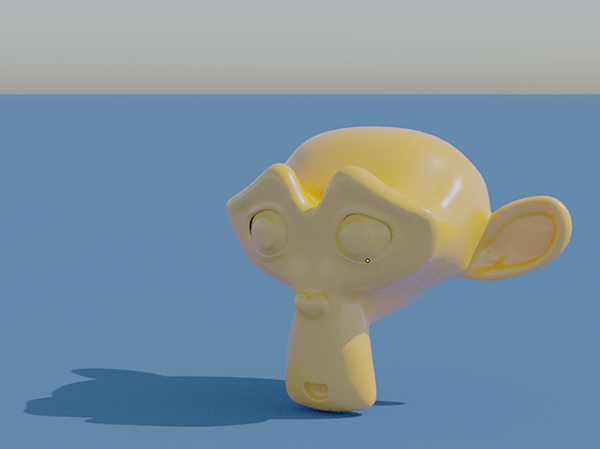
OctaneRender® has a powerful Daylight environment system to simulate real-world illumination that consists of a primary light (sun), indirect light (sky/environment), and an atmosphere.

Figure 1: Daylight environment illuniating a scene
You can access the Daylight environment from the World tab, and the settings are located in the Environment rollout.

Figure 2: Daylight environment parameters
Octane Environment - Choose between Daylight, Planetary, or Texture Environment.
Sun Direction - The Sun’s X, Y, and Z direction, which is enabled for the Sun Direction daylight type. You can edit it by clicking and dragging on the Sphere icon (Figure 3). If a Sun Direction node is connected to the Daylight environment, the Sphere icon will not be available and the sun direction is controlled by Latitude, Longitude, Month, Day, Local Time, and GMT Offset (Figure 4).

Figure 3: The Sun Direction sphere

Figure 4: A Sun Direction node controlling the sun's placement
Sky Turbidity - Adjusts the sharpness of the sun light's shadows. Low values create sharp shadows (like on a sunny day) and high values diffuse the shadows (like on a cloudy day).
Power - Adjusts the light's strength. This affects the image's overall contrast and exposure level.
North Offset - Adjusts the scene's actual North direction. This is useful for architecture visualization to ensure the sun's direction is accurate to the scene.
Daylight Model - Specifies the daylight model to use as the current environment.
Note: The Nishita sky does not work with sky color and sunset color given that it is a physically-based model.
Sky Color - The sky's base color, used by the new daylight model to customize the spectral shade of light. This affects the image's overall mood.
Sunset Color - The color of the sky and sun at sunset, used by the new daylight model to customize the spectral shade of light. This affects the image's overall mood.
Sun Size - Controls the sun's radius in the Daylight environment.
Ground Color - The ground's base color, used by the new daylight model to customize the light's spectral shade. This affects the image's overall mood.
Ground Start Angle - The angle below the horizon where the transition to the Ground Color starts, measured in degrees.
Ground Blend Angle - The angle over which the sky color transitions to the Ground Color.
Sky Texture - Connects a Texture that works as the background and ensures that Objects in the scene accurately reflect it.
Importance Sampling - This toggles the Sky texture's importance sampling, which is like the Texture environment's importance sampling.
Medium - Accepts an AbsorptionDefines how fast light is absorbed while passing through a medium., ScatteringDefines how fast light gets scattered when traveling through the medium., or Volume medium to create volume/fog effects across the scene.
Medium Radius - The Environment medium's radius, which acts as a sphere around the camera's position with the specified radius.
Environment nodes (both Daylight and Texture) have extra options controlling the Environment's behavior when used as the visible environment. When the Node is used as a Normal environment, these options are ignored: